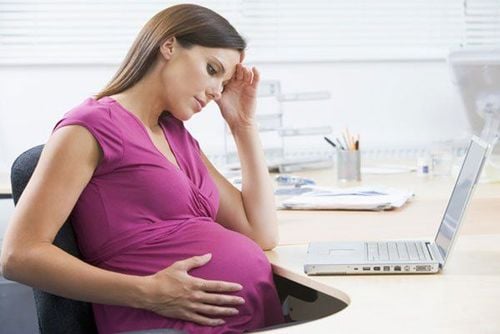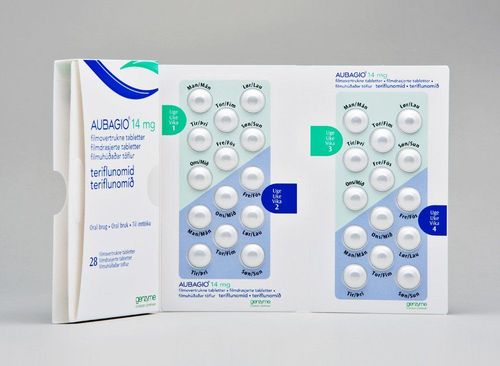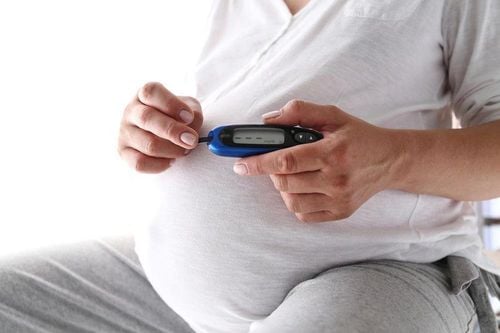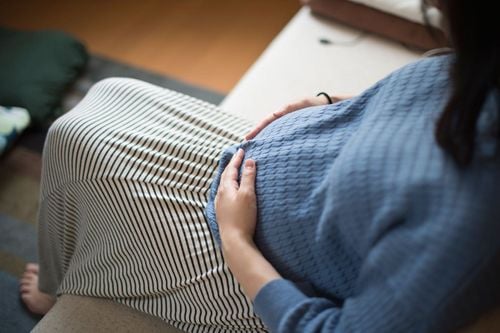This is an automatically translated article.
The article is professionally consulted by Master, Doctor Nguyen Thi Hong On - Department of Obstetrics and Gynecology - Vinmec Phu Quoc International General Hospital.
The article is professionally consulted by Master, Doctor Nguyen Thi Hong On - Department of Obstetrics and Gynecology - Vinmec Phu Quoc International General Hospital.
Pregnant women with blood pressure readings ≥ 140/90 mmHg can be a sign of preeclampsia - a dangerous condition that increases the risk of stillbirth or premature birth for the baby and endangers the mother's health.
1. What is preeclampsia?
Preeclampsia is a serious pregnancy complication that usually occurs in the second half of pregnancy due to high blood pressure and signs of damage to other organs, usually the kidneys. Pregnant women with normal blood pressure can develop preeclampsia by the 21st week of pregnancy.The disease, if not treated in time, can lead to eclampsia, causing life-threatening complications for mother and baby.
About 6-8% of pregnant women have preeclampsia. You can limit your chances of getting the disease by minimizing your risk factors.
Many factors can increase a woman's risk of developing preeclampsia, including:
History of preeclampsia: Personal or family history of the disease. First pregnancy Age: Getting pregnant beyond 40 increases your risk of preeclampsia Being overweight or obese. Multiple pregnancy: Preeclampsia often occurs with a high rate in women with twins or triplets. Time between pregnancies: if the interval between your pregnancies is shorter than 2 years or longer than 10 years, you are at risk for preeclampsia. Medical history: High blood pressure, migraine headaches, type 1 or type 2 diabetes, kidney disease, lupus,...

Phụ nữ mang thai khi ngoài 40 tuổi có nguy cơ tiền sản giật cao hơn bình thường
2. Signs of preeclampsia
Characteristic signs of pre-eclampsia in pregnant women are high blood pressure and increased proteinuria.Pregnant women with pre-eclampsia often have:
Gestational hypertension: BP > 140/90 mmHg, suddenly elevated after the 20th week of pregnancy. Urinalysis showed albuminuria > 300 mg/24 h or higher. Severe preeclampsia: When blood pressure is > 160/110 mmHg or has one of two features:
Albuminuria >3.5 g or more. Or severe signs, such as oliguria (NT < 500 mL//24 h), kidney problems, headache, blurred vision, epigastric pain, acute pulmonary edema, heart failure.
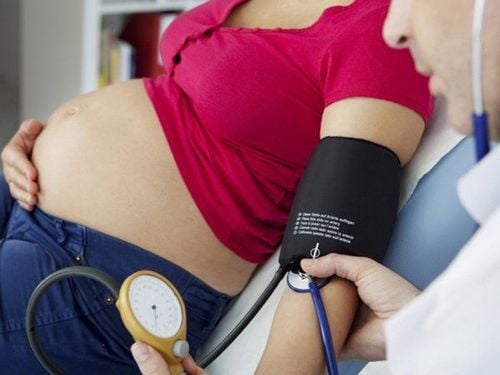
Dấu hiệu đặc trưng khi thai phụ bị tiền sản giật là hiện tượng huyết áp tăng nhiều
Edema: Normally, the background edema only occurs in pregnant women in the last 3 months and only mild swelling in the legs, usually in the afternoon, when lying down. Rest, raise your legs, it will be over. If edema is a symptom of preeclampsia, there will be generalized edema, swelling in the whole morning, and raising the legs will not go away. Severe headaches Vision changes such as temporary loss of vision, blurred vision, sensitivity to light Upper stomach pain Nausea, vomiting Less urination Decreased blood platelets, elevated blood creatinine. Decreased liver function, elevated liver enzyme expression. Difficulty breathing due to fluid in the lungs. Some of the outward signs of preeclampsia can make a woman feel very vague, easily confused with other symptoms. Even women may mistake it for headaches and fatigue due to pregnancy. Therefore, in addition to health care and nutritional supplements, pregnant women need to have regular check-ups for monitoring.
Especially, if you have conditions, you should regularly check your blood pressure at home. Pregnant women with systolic blood pressure higher than 30 mmHg or diastolic blood pressure 15 mmHg higher than blood pressure at the time of not being pregnant should pay attention to the doctor and consult a doctor immediately to ensure health. for both mother and baby.




